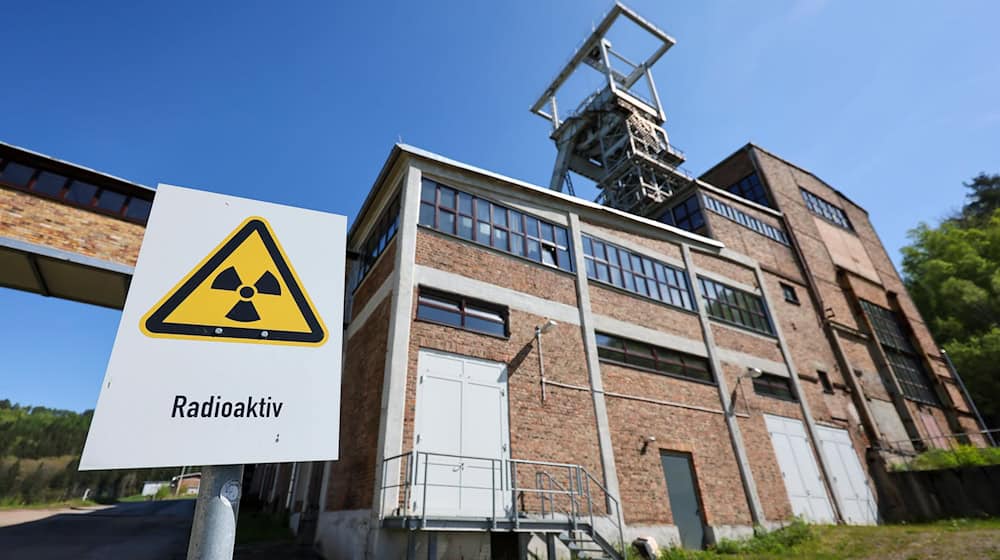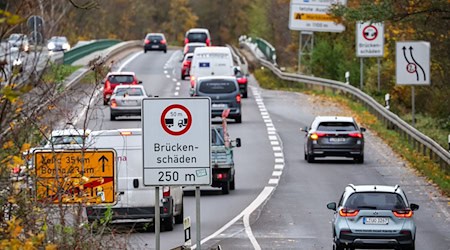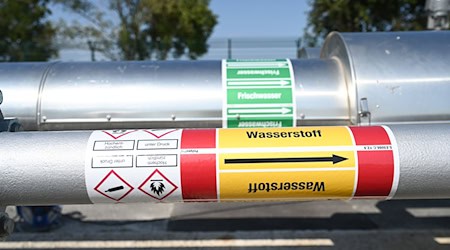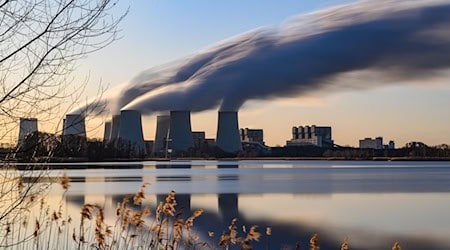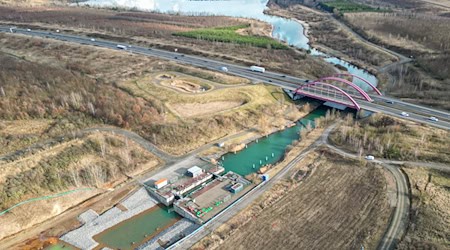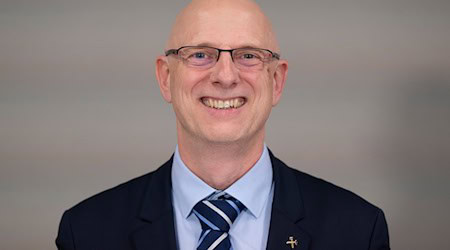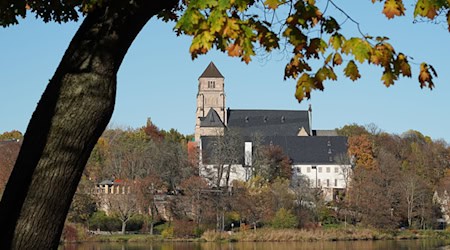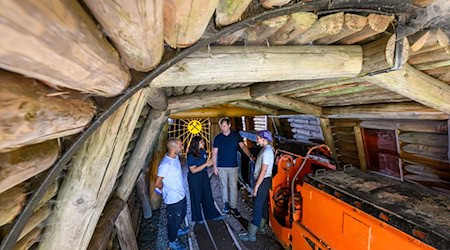The future presentation of the legacy of the former GDR uranium producer Wismut will have to be smaller. Contrary to earlier plans, there will be no new building at the site in Ronneburg in eastern Thuringia, said Julia Dünkel, Managing Director of the responsible Wismut subsidiary. An architectural competition could not be financed. "We will build in the existing building and also reduce the area of the project."
The reason for this is that the budget set by Saxony, Thuringia and the federal government in an administrative agreement before 2021 could no longer cover the original plans. Dünkel cited huge increases in the expected construction costs as the reason for the cutbacks. Newspapers from Funke Medien Thüringen had first reported this. A spokesperson for the Thuringian Ministry of Infrastructure made it clear that the budget could not be increased in view of the state budget: the concept would have to be adjusted so that the previous sum was sufficient.
Tendering planned
Dünkel said that creative planners were now needed for the conversion of the existing building in Ronneburg - Wismut Object 90. The EU-wide tender for this should take place in the fall. In Hartenstein, Saxony, the situation with the shaft complex 371 is completely different. This is because the technical monument is part of the Erzgebirge/Krušnohorí UNESCO World Heritage Site. "This must of course be preserved," she emphasized. The search for a planner should begin next year.
No start in sight for 2029
According to Dünkel, the changes also had an impact on the timetable: "The idea was that everything would actually be in operation by 2029 - that is not very realistic." In the best-case scenario, at least one site could be built by 2029. A total of 9.7 million euros has been budgeted for Ronneburg and Hartenstein respectively.
In total, the company has 24.1 million euros at its disposal. However, the money will not only flow into the two physical locations, but also into a digital platform, for example. This is Dünkel's smallest concern: by 2027 at the latest, it should be possible to view Wismut's extensive art collection online.
Extensive tangible and intangible heritage
In the GDR, Wismut mined uranium for nuclear weapons and nuclear reactors on behalf of the Soviet Union - with little regard for environmental damage and people's health. Many of the legacy mining sites have now been cleaned up. Wismut's other legacy also includes files, geological archives including a collection of minerals, the miners' traditions, memories of contemporary witnesses, as well as films and more than 4,000 works of art from the GDR.
Copyright 2025, dpa (www.dpa.de). All rights reserved

